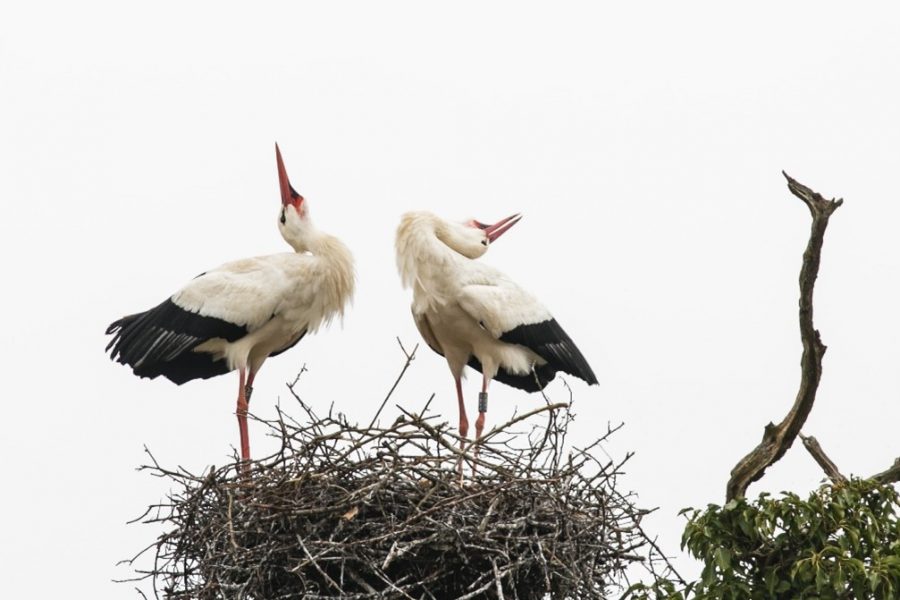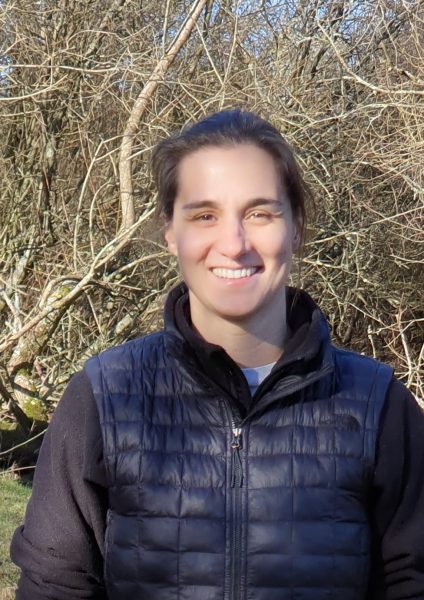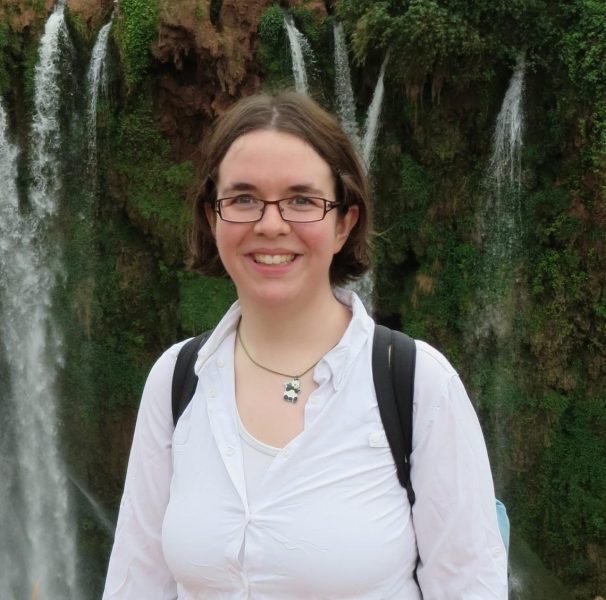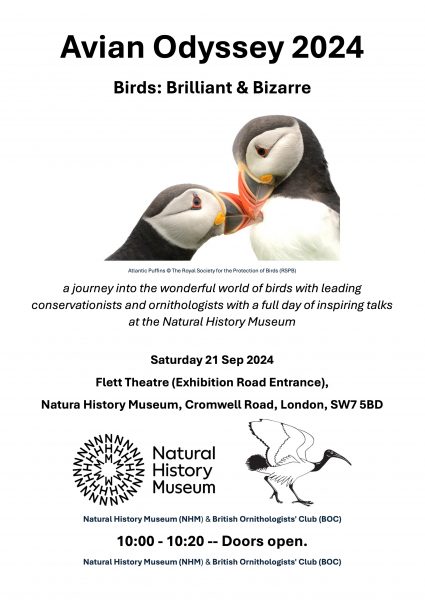Monday 25th March
White Stork Ciconia ciconia nesting in Sussex
The landscape in a small but expanding part the Low Weald in Sussex has changed for the better over the last decade. Laura Vaughan-Hirsch explained how nesting White Storks are part of this change and how there is optimism for biodiversity rather than gloom and decline.
On the Knepp Estate a bold transition from arable and dairy farming to a new landscape with a mosaic of unfenced fields honed only by grazing herds of Longhorn cattle, Exmoor ponies, Tamworth pigs and native deer. What has not changed is the Low Weald Sussex marl, laggs and flood waters that come with heavy rains, a constant reminder again this winter that this was never going to be agricultural land like that enjoyed by others with larger fields of well-drained loamy soil.
Research suggests that the ecological requirements for White Storks seem to be the same everywhere, namely open, not too much wooded and somewhat wet land such as valleys of rivers and streams … cultivated fields, pastures and meadows, provided that they are not too dry or too much drained [Haverschmidt 1949]. That sums up the Knepp Estate and the Low Weald landscape. Add to this an aim to promote a greater engagement between the public and wildlife in the countryside, the highly visible, sociable and charismatic White Stork with a history of nesting in close association with man, was the obvious first choice addition.

Laura addressed the life cycle of the White Stork in Sussex and the challenges faced by the breeding birds and the fledglings.
Laura Vaughan-Hirsch is project officer managing the White Stork Project at the Knepp Estate, West Sussex. After reading Biology at Royal Holloway University, she worked in Education as a Science Teacher and Middle Leader at a secondary school in Horsham. She has always had a keen interest in animal behaviour, and in particular British birds.

Most birds build a nest, a key adaptation protecting eggs and chicks from predators and harsh environments. From the collections of Victorian naturalists to the popularity of bird’s nest soup, human fascination with nests has generated many hypotheses on the role that nests play in avian ecology and evolution. Thanks to new data and computational techniques, we can now begin to test these ideas – with some surprising results. In this lecture, I present some of my and others’ recent work on global bird nest diversity and discuss the role (or not!) of nests in shaping broad-scale avian evolutionary history. I also talk about the future of nests in a changing world, including birds that incorporate artificial materials into their nests.
Dr Catherine Sheard is an Interdisciplinary Fellow at the University of Aberdeen, Scotland, a role she came to via a DPhil at the University of Oxford and postdoctoral positions at the Universities of St Andrews and Bristol. She studies evolution at large temporal and spatial scales, with a particular interest in how innovations in animal behaviour have shaped the biodiversity that can be observed today.

This was a joint, hybrid event with the Linnean Society of London.
From Victorian collections to bird’s nest soup, human fascination with bird nests has been persistent. But what lies in their future?
Saturday 21st September
Avian Odyssey 2024
The Club was delighted to collaborate with the regional bird clubs and with the active support of the NHM’s staff in an outstanding event at the NHM on 21 September under the title, Avian Odyssey as detailed below. The event was in conjunction with the museum’s major exhibition, Birds Brilliant and Bizarre.

Monday 25 November


